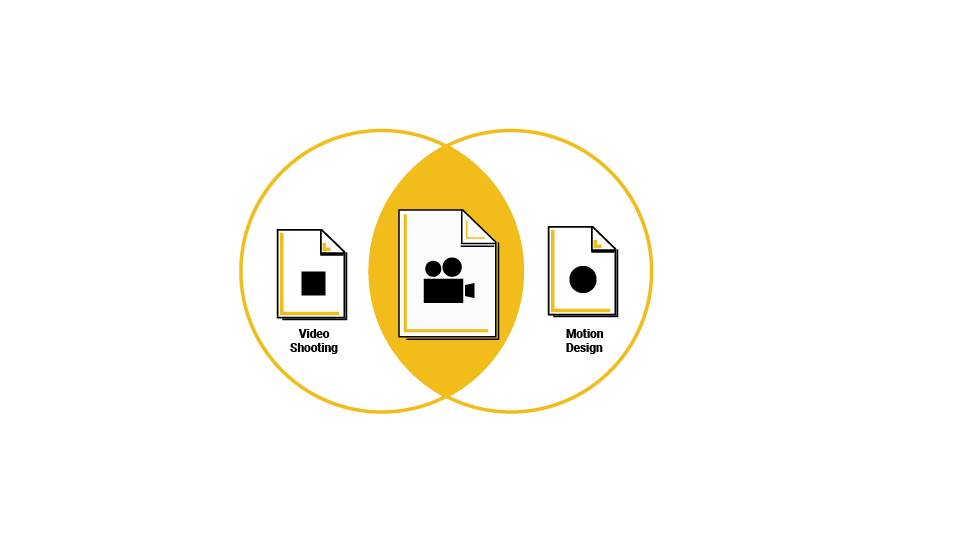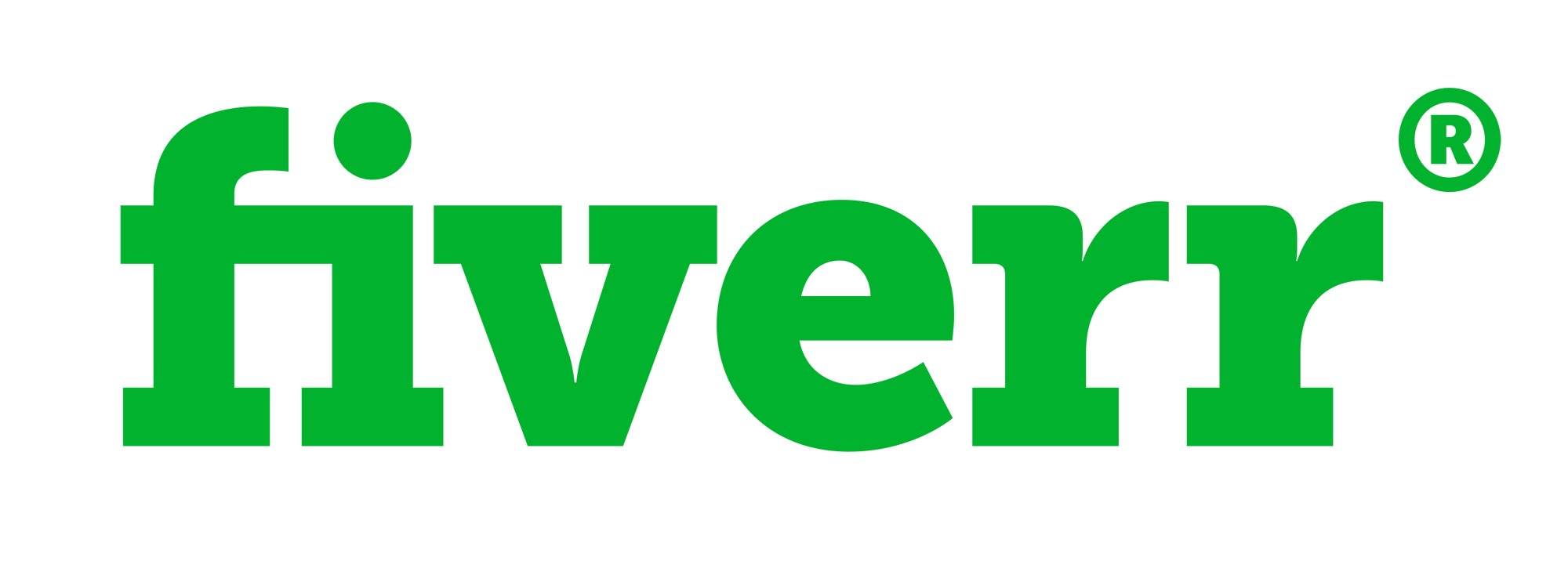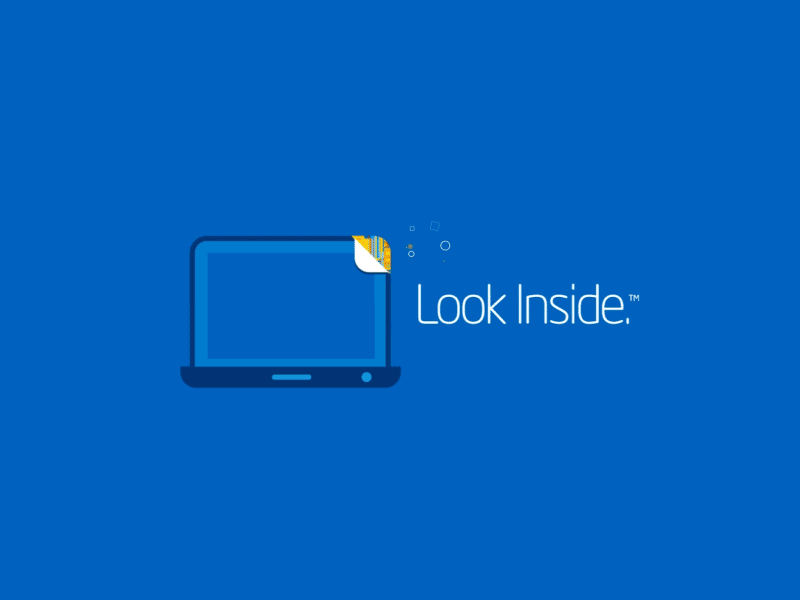How to Make Video Project: The Three Phases of Video Production
Article about how to write video production project brief from concept to delivery
Mastering the Art of Video Production: From Concept to Delivery
The intricacies of video production encompass a diverse array of tasks, spanning pre-production planning, concept development, filming, animation, and post-production editing. Given the multifaceted nature of video projects, varying skills and equipment are essential, tailored to the specific goals and target audience. Project categories range from documentaries, commercials, virtual reality experiences to live streaming events. Each project demands meticulous planning and execution for the production of a compelling, high-quality end result.
Furthermore, the holistic approach to video creation extends beyond mere filming. To enhance the overall production, it's often necessary to develop complementary assets such as audio briefs and graphic briefs. An audio brief ensures the harmonious integration of sound elements, from background music to voiceovers, elevating the auditory experience. Simultaneously, a graphic brief lays the foundation for visual elements, aiding in the creation of assets like storyboards and graphics that enhance the visual appeal.

Here's a breakdown of the basic video process, separated into Pre-Production, Production, and Post-Production stages:
Pre-Production:
This stage is all about planning and preparation before filming or animation begins. It includes tasks such as:
- Concept Development: Coming up with ideas and deciding on the overall message and goals of the video.
- Scripting: Writing a detailed script or storyboard that outlines the narrative, visuals, and dialogue. How to write script writing brief
- Casting: Selecting actors or voice-over artists for the video. How to write voice-over brief
- Location Scouting: Finding the right filming or animation locations and securing permits if necessary.
- Scheduling: Organizing the shoot or animation process, including coordinating actors, crew, and equipment.
Production:
This stage involves actually filming or animating the video based on the plans made in Pre-Production. It includes tasks such as:
- Filming: Capturing video footage using cameras and lighting equipment.
- Directing: Guiding actors and crew to ensure the desired shots and performances are achieved.
- Motion Design: Creating 2D or 3D animation for use in the video, including designing characters, backgrounds, and other elements using specialized software.
- Sound Recording: Capturing audio elements such as sound effects, music, and dialogue to be used in the final video. How to write audio brief How to write music brief
Post-Production:
This stage is all about putting the finishing touches on the video to ensure it is polished and ready for delivery. It includes tasks such as:
- Video Editing: Selecting and arranging the video footage, audio, and motion elements to create the final video, using software such as Adobe Premiere Pro. How to write montage vide brief
- Sound Design: Creating and editing audio elements, including sound effects, music, and dialogue, to enhance the overall quality of the video.
- Color Grading: Adjusting the colors and lighting in the video to create a cohesive and polished look, using software such as DaVinci Resolve.
- Special Effects: Adding special visual and audio effects, such as explosions or CGI characters, to the video using specialized software.
Overall, each stage of the video process is crucial to the success of the final product. Pre-Production sets the foundation for a well-planned and organized video shoot, Production captures the necessary footage and elements, and Post-Production brings all the elements together to create a polished and engaging final product.
What are the 3 Phases of Video Production?
So, you’re planning to create a video. How to get started though? Of course, you could turn to a professional video production team, but it depends on how much money you are planning to spend on your project.
Read moreAn overview of video production.
Everything looks effortless and smooth when you watch a finished film or video, but the reality is that you see only the result of months or even years of hard work by a huge team of people. You can break the film production process down into three phases: pre-production, production, and post-production. It may sound daunting, but with industry advice on how to run your own production like a pro and insights into each part of the process, you can take your first steps into video production.
Read moreSetting the Stage: Goals, Objectives, and Scope
A project brief is an essential component of any video project, outlining the goals, objectives, and scope of the project. As a professional copywriter, motion designer, animator 2D and 3D, video editor, and video shooting master, it's important to understand the importance of creating a clear and concise project brief that outlines the goals and objectives of the video project.
The objectives and goals of a video project will vary depending on the client's needs and the type of video being produced. For example, a commercial video may aim to increase brand awareness or generate sales, while a training video may aim to educate and inform employees. In general, however, a project brief should clearly define the following objectives and goals:
- Target audience: A project brief should outline the target audience for the video, including demographic information such as age, gender, location, and interests. This information will help guide decisions about the style, tone, and content of the video.
- Message: The project brief should clearly define the message or key takeaway of the video. This message should be concise, relevant, and engaging, and should be communicated throughout the video in a clear and compelling manner.
- Call-to-action: Depending on the goals of the video, a call-to-action (CTA) may be included in the project brief. The CTA is the desired action that the viewer should take after watching the video, such as visiting a website, making a purchase, or sharing the video with others.
- Branding: If the video is being produced for a company or organization, the project brief should outline any branding guidelines or requirements that should be followed, such as using specific colors, fonts, or logos.
- Distribution: Finally, the project brief should include information about how the video will be distributed, such as through social media, email, or on a website. This information will help guide decisions about the length, format, and style of the video.
By outlining these objectives and goals in a project brief, a video production team can ensure that everyone involved in the project is on the same page and working towards a common goal. This can lead to a more efficient and effective video production process, and ultimately, a high-quality and engaging final product.
List of popular programs for setting goals and objectives:
Monday.com is a cloud-based platform that allows users to create their own applications and work management software. The product was launched in 2014 and in July 2019, the company raised $150 million, based on a $1.9 billion valuation. The company went public in June 2021 and is based in Tel Aviv, Israel.
Google rank: 4.4
Trello is a web-based, Kanban-style, list-making application and is developed by Trello Enterprise, a subsidiary of Atlassian. Created in 2011 by Fog Creek Software, it was spun out to form the basis of a separate company in New York City in 2014 and sold to Atlassian in January 2017.
Google rank: 6.4

Asana is a web and mobile work management platform designed to help teams organize, track, and manage their work. It is produced by the San Francisco based company of the same name. The company was founded in 2008 by Dustin Moskovitz and Justin Rosenstein. The product launched commercially in April 2012.
Google rank: 9.4
Price, Quality, Time: The Holy Trinity of Digital Task Measurement
The results are usually measured in relation to the ratio of price, quality and time.
In general circles this is called the triple constraint.
In the digital world of the Internet, it is common to measure the number of tasks to be done by the
number of files or services, which in turn have a price, quality, and time to complete.
It is customary to put each task into a milestone that has the triple constraint. A milestone can
include both a fixed price and an hourly rate.
Whether you’re a one-person freelance company or have a team that you work with, goals are imperative in terms of providing direction for your company.
Goals can be around revenue growth, customer satisfaction, or just about anything associated with improving your business long-term. Once set, you need to establish measurable objectives supporting them. The article How to Set Goals does a great job of explaining goals and what criteria should be used when setting supporting objectives.
Do you often find yourself setting out big plans, only to fall flat and push the plan aside? This is a common occurrence. Luckily, there exists a well-defined solution that's easy to follow. It comes in a detailed system of measurable goals and objectives that puts you on a path to success.
 Depending on the type of work something can be measured and something not. Much depends on the level
of
competence of the customer. For example, creative work is much harder to measure than physical work,
so
the measurement should be treated very carefully.
Also, much depends on the size and complexity of the project, the smaller and simpler the project,
the
easier it is to measure. Such projects may have only one milestone.
Depending on the type of work something can be measured and something not. Much depends on the level
of
competence of the customer. For example, creative work is much harder to measure than physical work,
so
the measurement should be treated very carefully.
Also, much depends on the size and complexity of the project, the smaller and simpler the project,
the
easier it is to measure. Such projects may have only one milestone.
3 Types of Measurable Objectives To Track as a Freelancer
Examples of Measurable Goals and Objectives

The Power of References: A Guide to Enhancing Video Project Success
References are an essential component of any video project, providing valuable insights and inspiration for the creative process. As a professional motion designer, animator 2D and 3D, video editor, and video shooting master, it's important to understand how references can be used effectively in a project brief to help ensure a successful video project.
References are materials that serve as samples for your project, such as existing videos, photos, or graphics. These references allow the executor to understand the customer more accurately and to gain a clearer picture of what the client is looking for in the final product. By analyzing these references, the production team can better understand the client's goals and preferences, and can use this information to create a video that meets their expectations.

In addition, references can be a valuable source of inspiration for the creative process. All new ideas are mostly created on the basis of old ideas or by mixing them, and finding something similar to the existing one can help kick-start the creative process. By exploring existing videos or other media that share similar themes or styles, the production team can develop new and innovative ideas that can help set the client's video apart from others in its field.
Including references in a project brief can also help ensure that everyone involved in the project is on the same page and working towards a common goal. The more exactly the client's and executor's idea for a new project coincides, the greater the chance that everything will go without a hitch. By sharing references with the client, the production team can ensure that they are all working towards the same vision for the final product.
Overall, references are an essential component of any video project, providing valuable insights, inspiration, and clarity for the creative process. By including references in the project brief, a video production team can ensure that everyone is aligned on the vision for the project, and can work together to create a high-quality and engaging final product that meets the client's goals and exceeds their expectations.
Video bloggers know better
Referencing is an old idea of technical
approach to any works or investigations.
Budgeting for Excellence: Unraveling the Costs in Video Production
In video production, there are several types of budgets that can be used for different types of video projects. The budget can be broken down into three categories: 2D animation, 3D animation, and filming.
For 2D animation, the budget will typically include costs associated with storyboarding, character design, animation, sound design, and post-production editing. The budget will also need to account for the software and hardware required for the production.
For 3D animation, the budget will typically include similar costs to 2D animation, but will also need to account for the additional costs associated with modeling, texturing, rigging, lighting, and rendering. These processes are typically more time-consuming and complex than 2D animation, which means that the budget will need to account for additional resources, including specialized hardware and software.
For filming, the budget will typically include costs associated with equipment rental, location scouting, talent and crew salaries, and post-production editing. The budget will also need to account for any additional costs associated with special effects, such as practical or digital effects, which can be a significant expense for larger productions.
Regardless of the type of video production, it is important to carefully consider the budget in order to ensure that the final product meets the client's expectations while remaining financially viable. By taking the time to carefully plan and allocate resources, the production team can help ensure that the project stays on track, meets the desired goals and objectives, and delivers a high-quality final product.
Video bloggers know better
The issue of fixed price and the hourly rate
always has hot discusses on the internet
Freelancer services have a lot of workers with different skills and cost per hour for close estimation market cost:

Upwork connects businesses with independent professionals and agencies around the globe. Where companies and freelancers work together in new ways that .
Google rank: 4.4
Join the thousands of entrepreneurs who are launching their contests every week and harnessing the awesome power of crowdsourcing.
Google rank: 6.4

Another staple competitor analysis tool for SEO is Ahrefs’ site explorer, which allows you to check any URL’s top organic keywords. Additionally, you get a rough estimate of how much traffic a competitor receives on those keywords.
Google rank: 9.4
Audience-Centric Approach: Shaping Videos for Maximum Impact
The target audience is a crucial aspect of video production that can greatly impact the success of a project. The target audience refers to the specific group of people that a video is intended to reach and engage with. Understanding the target audience is important because it helps to shape the creative direction of the video, as well as the tone, style, and messaging.
To identify the target audience, a video production team must first consider the purpose of the video and who it is intended to benefit. For example, if the video is designed to promote a new product or service, the target audience might be potential customers who are interested in that particular product or service. If the video is being created to raise awareness about a particular cause or issue, the target audience might be individuals who are passionate about that cause.
Once the target audience has been identified, the production team can begin to develop a creative strategy that is tailored to their specific interests and preferences. This may involve selecting a tone and style that resonates with the target audience, or using language and visuals that they are likely to find appealing and engaging.
It's also important for the production team to consider the platform on which the video will be shared, as this can impact the target audience as well. For example, a video that is intended for social media platforms may need to be shorter and more visually compelling, while a video that is intended for a corporate website may need to be more informative and focused on specific details.
By understanding the target audience and creating content that is specifically tailored to their interests and needs, a video production team can increase the likelihood that the video will be well-received and achieve its intended goals. This approach can help to ensure that the video is effective in engaging the target audience, delivering a strong message, and achieving the desired outcomes.
How to Find Your Target Audience for Video Marketing
It’s pretty simple. Any marketing, whether it be video marketing or otherwise, we’ll miss the mark if you have no idea who you’re trying to reach with your message. So, the critical first step when you’re getting started with video marketing for your business is to clearly identify your target audience, and that’s what I’ll be helping you do in this article.
Read moreHow To Reach Your Target Audience Using Video Marketing
A common mistake made by creators is to assume that their target audience will come effortlessly over their brand’s YouTube channel, if you just focus on creating and publishing more videos. Although a study suggests that 78% of people watch online videos every week, only a tiny fraction might be interested in what you sell.
Read moreConclusion
In conclusion, creating a clear and well-planned project brief is crucial for a successful video project. By understanding the video production process and following the stages of pre-production, production, and post-production, you can effectively plan, film, and edit a high-quality video. The project brief outlines the goals, objectives, target audience, and distribution plan, while measurable results and references provide guidance and inspiration. It's important to consider the budget and tailor the video to the target audience for better outcomes. Additionally, if you're interested in specific fields like graphic design, video, audio, programming, copywriting, and marketing, you can find useful briefs and resources to enhance your skills and stay updated on trends. Find these in Project briefs categories
Explainer video
By Danylo Khorzhevskyi | 12.05.2022Explainer video is an informative video that explains what the company does or how the product works. This is either a tutorial or a marketing message that, with the help of animation, shows the necessary information in the right detail.
Learn more
How to Make an Effective Explainer Video in 2022
By The Upwork Team | Jun 28, 2021
Videos are becoming an increasingly important way for businesses to build brand awareness and lead potential customers down the sales funnel. Of the different types of marketing videos, explainer videos might just be one of the most influential, with 96% of people watching an explainer video to learn about a product or service.
9 Insider Tips for Creating a Killer Explainer Video
By Andrew Follett | 12.05.2022
Are you considering investing in an explainer video this year? You know; the videos that explain your product or service in 60-90 seconds? Explainer videos are a great way to engage potential customers and familiarize them with your business. The hard part is to get them right.
Video montage
By Himal Rustagi | 19.04.2022Video montage is the process of selecting the video and sound that will be included in the finished movie. Initially, this is a selection of material, which is successful and which is not, removing bad material, arranging the footage in accordance with the scenario.
Learn more
11 Basic Video Editing Principles for Budding Filmmakers
By Brandon Copple | March 25, 2022
The editing phase — or post-production phase — is the lengthiest and most challenging part of the process. It’s also the most rewarding. The decisions you make in the editing suite are critical, and there are a ton of options and approaches to choose from, which can be intimidating, especially if you’re new to the process.
Professional Video Editing Tips and Techniques
By Andy Collins | 12.05.2022Becoming a top-notch video editor isn’t easy. But with practice and patience, you’ll be editing like a pro in no time. Well, isn’t that easy for me to say while typing this from afar. Look, editing is hard. The skills you learn are acquired, which means the best way to get better is to just put your head down and keep editing.
Film Techniques: Montage | How to Analyse Film
By Tammy Dang | 12.07.2022You’ve most likely come across a montage before! You know, the scene where the protagonist has an extreme makeover or is training to win a karate tournament with some banging music playing. But do you know how to analyse a montage? Well, don’t worry. We’re going to help you!
Video advertising
By Danylo Khorzhevskyi | 12.05.2022Video advertising is a way to promote a brand or company in the market, increase its recognition, attract the target audience and increase sales with the help of video. First you need to provide detailed information about the company or brand for a detailed review before work. Perhaps there is some kind of company brand book or product description, presentations and any other materials that may be useful when creating a video clip.
Learn more
How to make video ads (the easy way)
By Biteable | Oct 8, 2019How To Create An Effective Video Ad For Your Small Business
By Smallbusinessbc.ca | 12.05.2022Video marketing is a strategy that every small business owner should consider. Not only is this form of marketing effective for increasing sales and brand recognition, but, it’s also preferred by customers. This is why it’s so powerful to create an effective video ad for your small business.
How to Make an Effective Explainer Video in 2022
By Andy Collins | 12.05.2022Videos are becoming an increasingly important way for businesses to build brand awareness and lead potential customers down the sales funnel. Of the different types of marketing videos, explainer videos might just be one of the most influential, with 96% of people watching an explainer video to learn about a product or service.
Intro and outro
By Danylo Khorzhevskyi| 02.05.2022these are key elements of any type of video content. Intros and endings create a solid foundation at the beginning of the video and a well-supported statement at the end.
Learn more
How To Create a Video Intro (And Where To Get It)
By Introbrand | Feb 22, 2018Video Intros can serve many purposes – from branding your video, making a catchy trailer for your channel, to just adding strong visuals to your video production or brand.
What is an Intro and Outro for a Video?
By Renderforest Staff | 08 Oct 2020
Is there a formula for creating an unforgettable video? Our answer is yes! Introduction and conclusion are key elements of any type of content, and video is no exception. Intros and outros build a strong base at the beginning of a video and a well-supported statement at the end.
Logo animation
By Diogo A. Rodriguez | 12 mar 2019Logo animation is a branding and corporate identity tool used primarily in a company's video content or its application.
Learn more
6 Logo Animation Trends You Cannot Ignore In 2019
By Evan Brown | 12 mar 2019
Videos are loved, and for a reason; they move. Motion excites us. Our brain is wired to get attracted to anything moving! We like moving objects, be it blazing fires, ocean waves, dancing peacocks, or waterfall. Not many of us would prefer reading a lengthy article to watching a 5-minute video on the very topic.
Whiteboard
By Krunal Misal | 02.03.2022Whiteboard animation is an educational video that mainly includes a scientific nature but is often used for commercial purposes. To achieve the desired results, the performer should explain or provide materials that could help to understand in more detail the information that needs to be conveyed to the viewer.
Learn more
How to Make a Whiteboard
By William Warren, Mark Wooding | 15.09.2021
You’ve probably used a dry-erase whiteboard to sketch ideas out during a meeting, illustrate a problem in math class, or keep track of your grocery list. But you can also use a whiteboard to create animated videos.
How to make a whiteboard video in 7 steps
By Whiteboard Animation Studio | Jun 28, 2021The most important thing is your message. What do you want to say? Nothing is more important to your video than your message. So hire a professional writer to advise you on your script and guide you to a strategy that is right for you. Once you have your message you need something to make your message sticky.

Danylo Khorzhevskyi
Motion graphic designer
Portfoilio: be.net/xd-art
Please, do not hesitate to contact me if you have any questions. I am ready for interesting projects and conversations. Write me: dkhorz@hotmail.com

Download free video project brief example
Download briefBriefer.pro AI Chat
Click the chat icon below to start a conversation with our AI assistant and take the first step toward mastering project documentation!